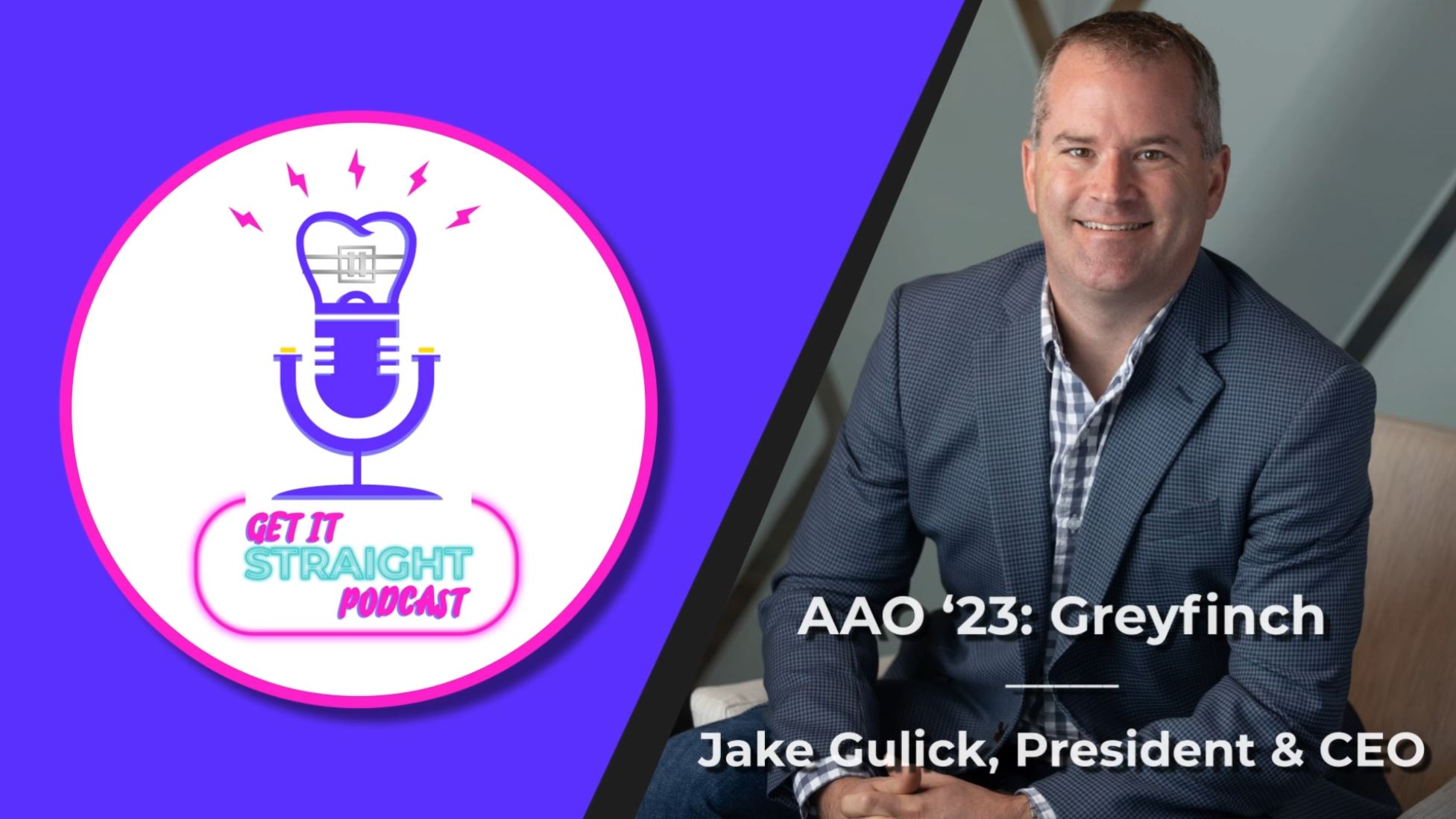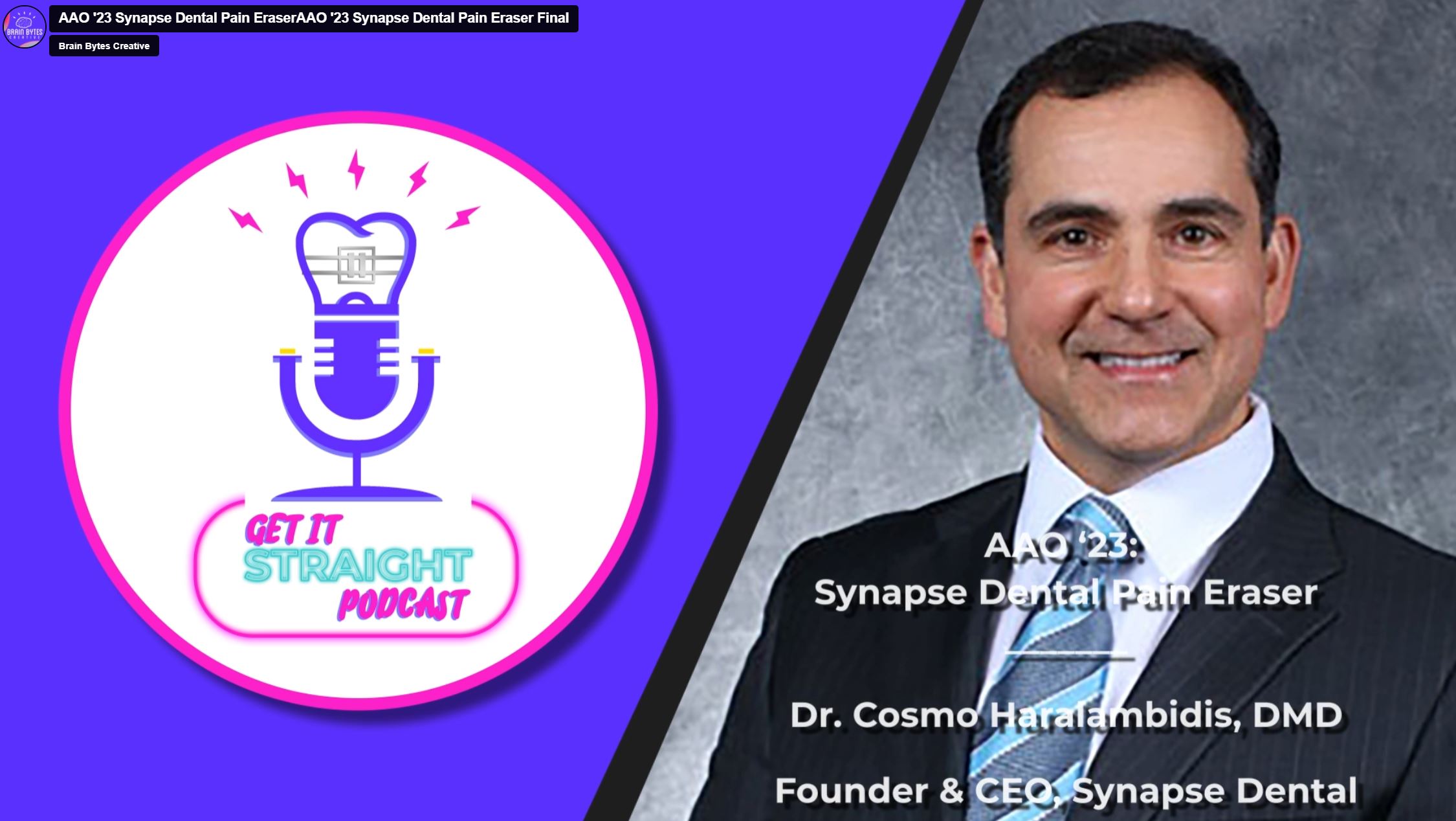Running a business is hard. There’s a lot to stay on top of, and your website might not make it to the top of your priorities list. It takes a lot of time and a lot of work to build a great site, to keep it up to date, and to make sure it’s working properly. But as long as you have something there for people to go to you’re okay, right? Let’s take a look at why that’s not the best idea.
How you’re hurting yourself
First of all, if you haven’t put at least some effort into your website to optimize it for SEO, then it’s unlikely you’re ranking well in search. So you’re already missing out on a ton of free traffic you could be getting. Ranking well for relevant keywords drives more traffic to your site, and 75% of people never scroll past the first page in search results. The more traffic you have coming in, the more opportunities you have for visitors to convert. This could mean a purchase, signing up for your newsletter, or whatever action you’re trying to get them to do. But if they aren’t finding your site, they can’t convert. End of story.
What about those people that are finding you? Maybe they’re going directly to your site or being referred from somewhere else. Despite your poor search rankings, they’re somehow still finding their way to your website. If what they’re seeing is less than impressive, your website isn’t doing you any favors.

You should absolutely give a damn about your bad reputation and the message you’re sending to site users. Let’s look at what you’re telling your customers by sending them to your bad website:
- You don’t care about their experience. Your visitors took the time to find your site and were interested enough to click into it. But they aren’t going to stick around if the user experience is terrible. Are your pages taking forever to load? They aren’t waiting around. Your navigation buttons aren’t working? They’re gone. With the number of excellent websites available making it super easy for people to find what they need, anything that slows them down is going to make a bad impression.
- You don’t pay attention to detail. Everyone coming to your site has the potential to want to do business with you. Whether you’re selling a product or service or just providing useful information, you need your visitors to trust you. Spelling and grammar mistakes, poor design, and illegible text all show that you aren’t putting much thought into what you’re showing them, and it’s going to shake their confidence. Who wants to do business with someone they don’t trust?
- You’re out of touch. If you want your visitors to believe that you’re an expert in your field, you can’t serve them up outdated info. If the site is showing straight up wrong information like old business hours or outdated pricing, it’s going to cause frustration. If you haven’t posted new content or updated your blog since 2017, you look like you don’t stay up to date on industry trends.
These things certainly can’t be true! Of course you care about your customers’ experience, and yes, you’re up to date on current happenings in your industry. But your website visitors don’t know that. All they know is what you’re showing them. If what you’re showing them isn’t good, why would they think otherwise?
Should you delete your bad website?
Don’t do that. I’m not saying you need to get rid of your website. We live in a digital age, and the average American spends almost 24 hours a week online. Having a website for your business is absolutely the right move. I’m saying you need to put in the effort to make it a great website if you want to see the best results in building brand loyalty, bringing in higher traffic, and increasing your conversions.
A better plan for a better website
Hopefully, by now I’ve convinced you that your bad website is bad news. But don’t panic! Here are some main areas to focus on fixing if you need to turn your site around.
- Navigation. It should be easy for visitors to get around your site. They’ll spend more time exploring if it isn’t a hassle. Make sure all of your buttons are working correctly and are easy to click on both desktop and mobile. You’ll also want to look at how buttons are labeled and ensure the text is relevant to the page visitors will be taken to.
- Page speed. If it takes more than 3 seconds for your page to load, you have a problem. After that, you’re going to start to see your bounce rate increase. You can use Google’s PageSpeed Insights tool to see how you’re doing. If you need improvement, try compressing your images, removing render-blocking JavaScript, and minifying CSS, JavaScript, and HTML on your site.
- Content. Content is key to a great website. You want to have relevant content that completely answers visitors’ questions and keeps them engaging with your site. Great content builds trust, and you diminish that by making silly grammatical errors and spelling mistakes. Even if your content is solid, the way you display it is important. Make sure it’s displaying correctly on both desktop and mobile, and take advantage of white space so it’s easy to read.
- 404 errors. Nothing looks worse than a site that is actually broken. 404 errors not only look bad, but they can be really frustrating for visitors who are trying to find something on your site. Any pages with 404 errors should be redirected to relevant pages so you’re not just leaving people hanging.
Now get out there and fix that website! Implementing these tips is a great start improving your overall website quality and improving your site’s SEO. If you’re looking for recommendations to solve problems specific to your website, check out Brain Bytes Creative’s SEO consulting services. Our SEO experts coach you through the process of building your online strategy, help you identify areas of weakness and opportunity, and track your progress. Contact us today to get started!



